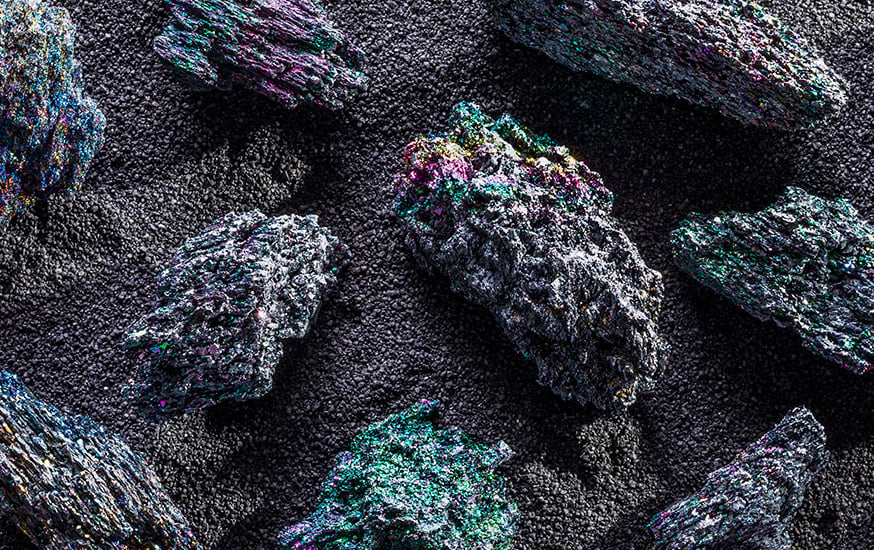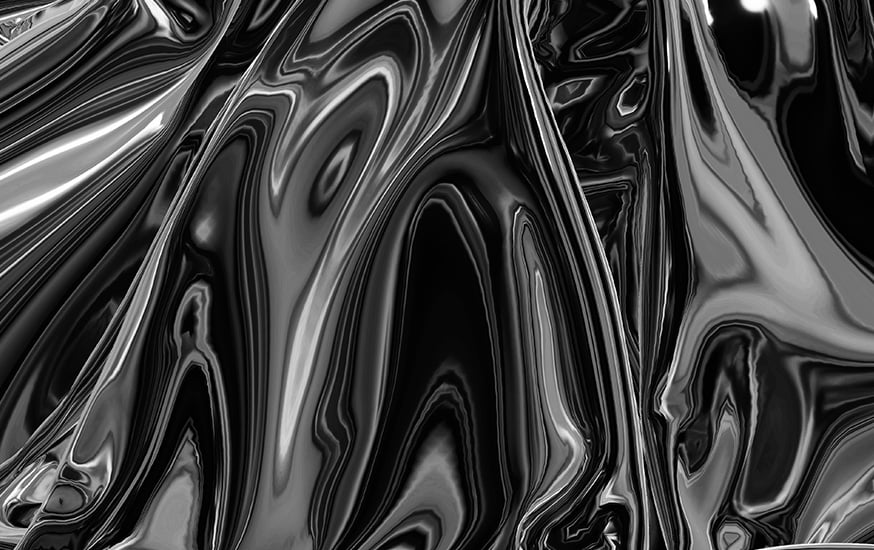Are you sure you want to leave Imelda Billones's MyShop site?
Are you sure you want to leave Imelda Billones's MyShop site?
Are you sure you want to leave Imelda Billones's MyShop site?
Are you sure you want to leave Imelda Billones's MyShop site?
From cosmic beginnings, 4LifeElements™ offers you its first mineral solution from our earth; for your life™. Zinc Factor is a revolutionary mineral solution that combines the ionic energy of silver with zinc to power up your immune system.*
Fuel your immune system with the only ionic solution available that features the power of both silver AND zinc ions through a proprietary electrochemical process!*

Zinc, alone, aids in normal production and function of key immune system cells. Intermix that with the electrically charged company of ionic silver, and you have bio-active zinc with a zip!*



Supports the immune system using the ionic power of zinc*

Zinc is a required element in healthy immune cell function.*

Boosts immune function using the ionic power of silver*


Ionic zinc at 180 mcg per 1 oz. serving
Ionic silver at 360 mcg per 1 oz. serving


Zinc Factor is formulated using a proprietary electrochemistry process that harnesses the energy of silver to create a unique, chemical compound.
You are trying to view a MyShop page. Please log out in order to view this website.